MODERN STRATEGIC ANALYSIS Strategy Implementation презентация
Содержание
- 2. Steps of strategy implementation Institutionalization of strategy Formulation of Action Plans.
- 3. Steps of strategy implementation 1. Institutionalization of strategy It involves two
- 4. Strategy implementation 90% of well-articulated strategies fail to be successfully executed
- 5. Steps of strategy implementation 2. Formulation of Action Plans. The
- 6. Steps of strategy implementation 3. Action Plans Implementation. Phases of project
- 7. Steps of strategy implementation 4. Procedural Implementation Procedural implementation takes place
- 8. Steps of strategy implementation 5. Resource Allocation It involves allocation of
- 9. Steps of strategy implementation 6. The structural implementation It involves
- 10. Steps of strategy implementation 7. Functional implementation It deals with the
- 11. Steps of strategy implementation 8. Behavioral implementation It deals with
- 12. Steps of strategy implementation 9. Monitoring and control Evaluation and
- 13. MODERN STRATEGIC ANALYSIS Theme 6. Strategic leadership. Russian aspects Dr.
- 14. Hofstede model of cross-cultural differences Five cultural dimensions Power Distance Index
- 15. Hofstede model of cross-cultural differences Power Distance Index (PDI) It
- 16. Hofstede model of cross-cultural differences Power Distance Index (PDI) A
- 17. Hofstede model of cross-cultural differences Individualism (IDV) It is the
- 18. Hofstede model of cross-cultural differences Individualism (IDV) A High Individualism
- 19. Hofstede model of cross-cultural differences Masculinity (MAS) MAS versus its
- 20. Hofstede model of cross-cultural differences Masculinity (MAS) A High Masculinity
- 21. Hofstede model of cross-cultural differences Uncertainty Avoidance Index (UAI) A
- 22. Hofstede model of cross-cultural differences Uncertainty Avoidance Index (UAI) It
- 23. Hofstede model of cross-cultural differences Long-Term Orientation (LTO) Values associated
- 24. Hofstede model of cross-cultural differences Long-Term Orientation (LTO) High Long-Term
- 25. Russia according to Hofstede indexes Power Distance Index (PDI)
- 27. The Russian character A complex and contradictory one:
- 28. "The severity of Russian law is compensated with its loose observance”
- 29. The Russian character A lot of restrictions in the public life
- 30. Factors for Russian character forming
- 31. Most valuable managerial characteristics Problem solving Personal achievements Entrepreneurship
- 32. Russian managerial mentality Autocratic Focus on personal relations More tactic then
- 33. Main grounds for Russian mentality formation Historical and political grounds
- 35. 1st stage The Moscow Princedom is the part of Tartar
- 36. Moscow Rus’
- 37. 2nd stage. The Moscow Princedom is an independent state under Rurick
- 41. 3rd stage Moscow Tzarstvo is absorbing other parts of Tartar Empire
- 43. 4th stage Russian Empire under rule of Romanovs, Bolsheviks and etc.
- 46. Russian managerial mentality Over the centuries, Russia has developed its own
- 47. Russian managerial mentality There are few positive cases of succession at
- 48. Russian managerial mentality That exception only proved the rule. What
- 49. Скачать презентацию









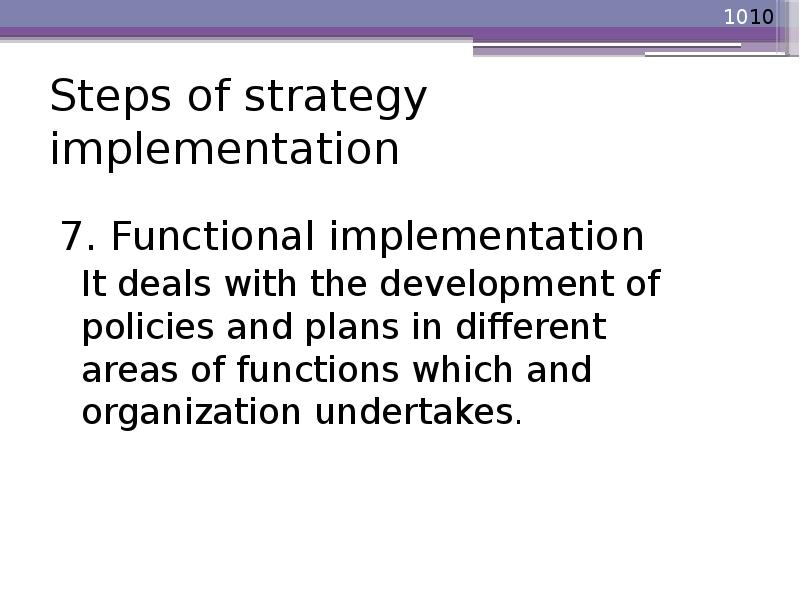





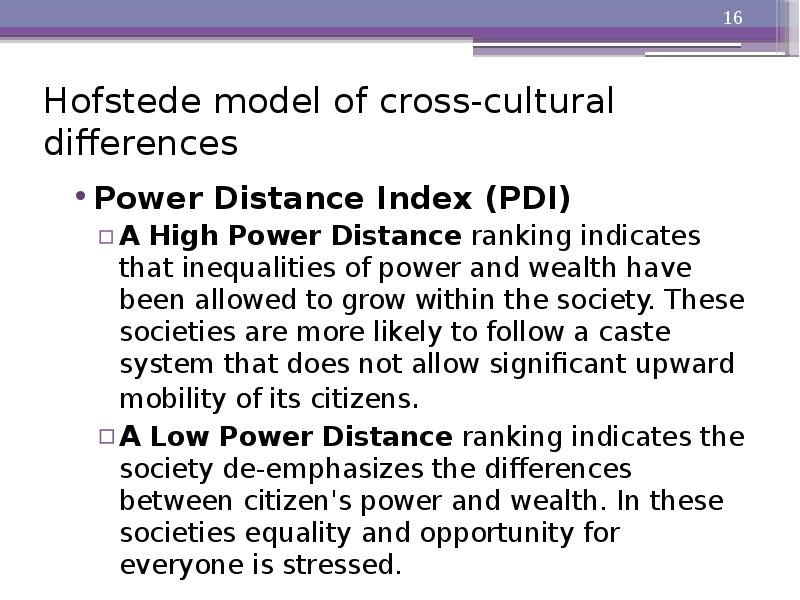







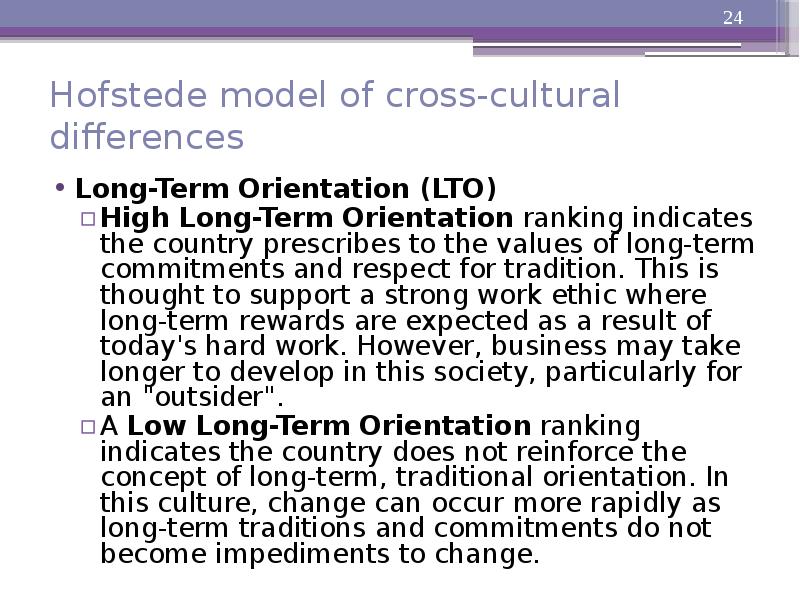

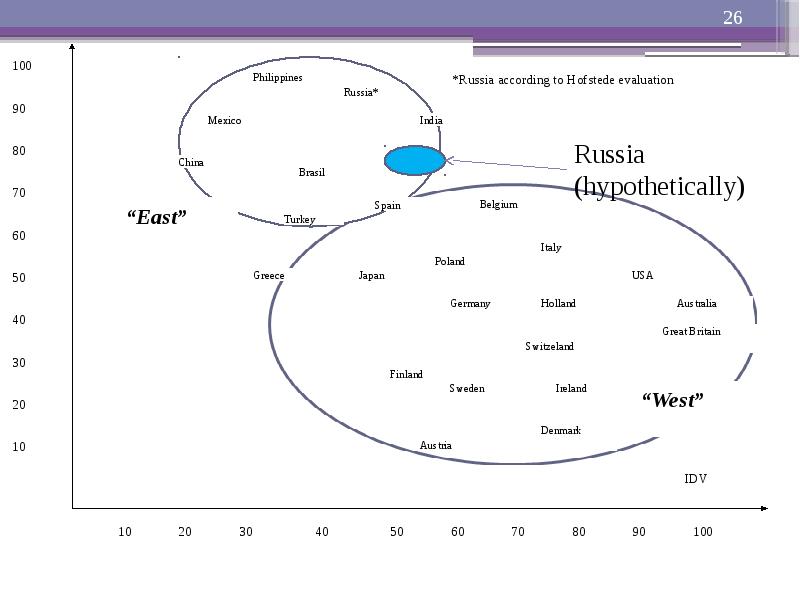

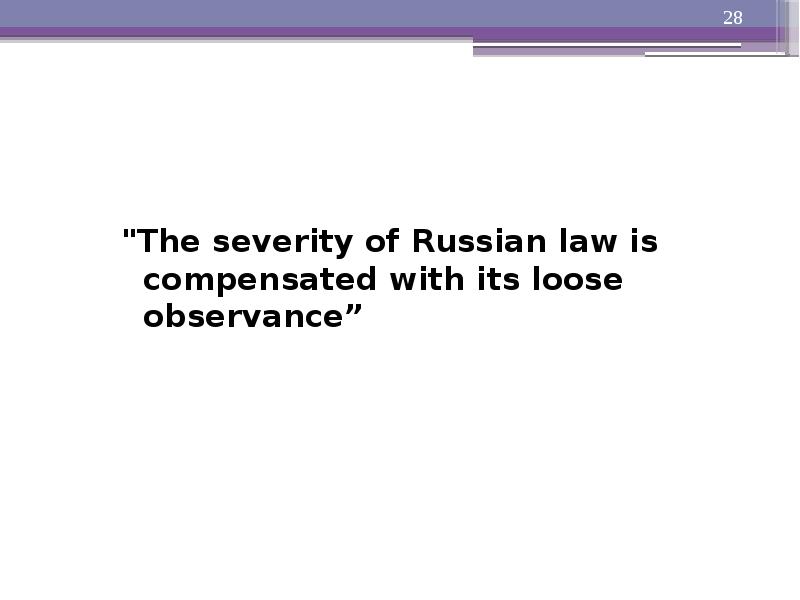



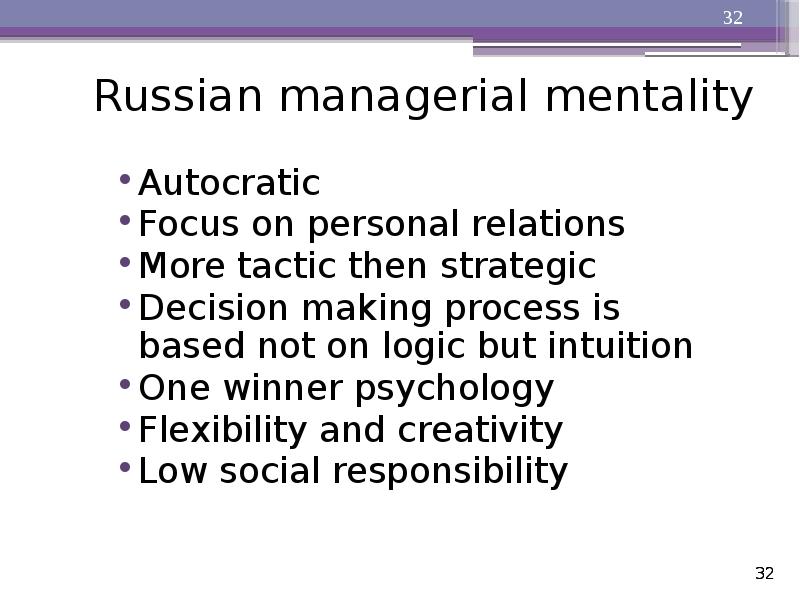




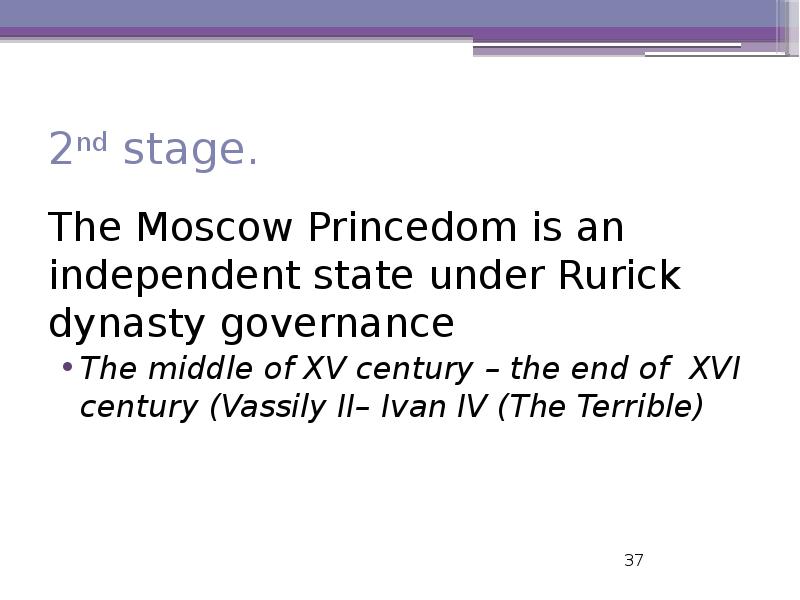
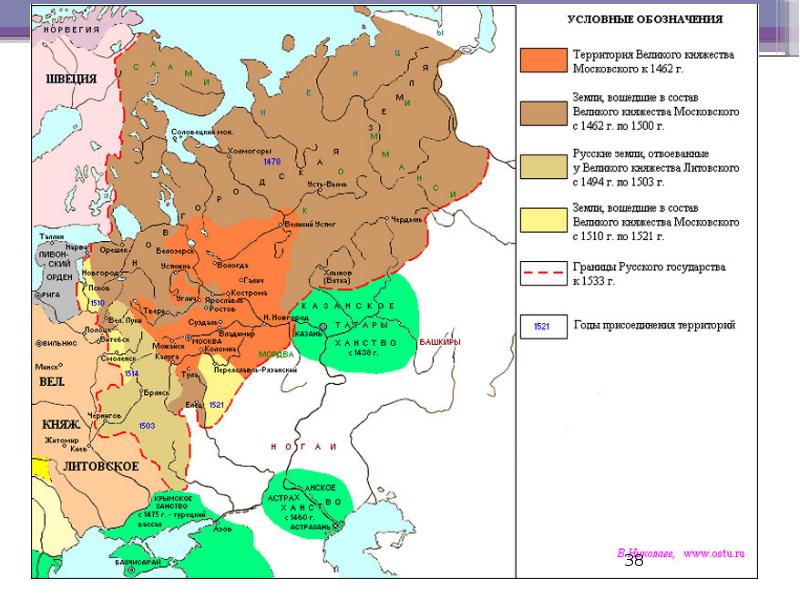










Слайды и текст этой презентации
Скачать презентацию на тему MODERN STRATEGIC ANALYSIS Strategy Implementation можно ниже:
Похожие презентации





























